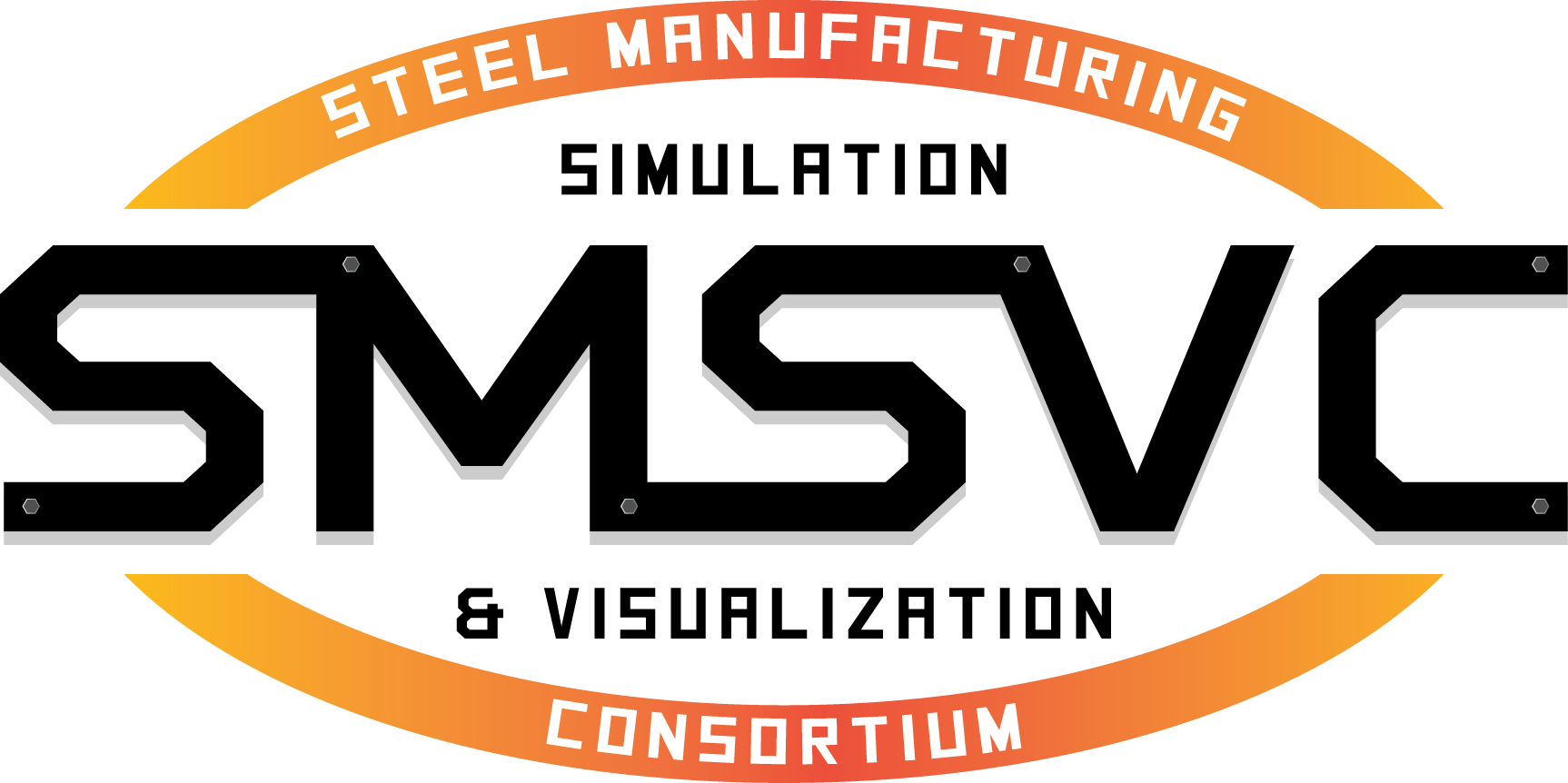CIVS projects and methodologies were presented at the 30th IEEE VR Conference, held in Shanghai, China, on March 25-29th. Senior Research Scientist John “Jack” Moreland presented a CIVS overview with emphasis on integrating numeric simulation and virtual reality visualization for industrial applications, during the Workshop on Immersive Visualization Laboratories – Past Present and Future. The workshop was attended by a wide variety of visualization researchers from around the world, and included a panel discussion on the Past, Present, and Future of Immersive Visualization Labs.
The Center for Innovation through Visualization and Simulation conducts a wide variety of sponsored research using an integrated approach that combines numeric simulation and sensor data with interactive 3D and immersive visualization to address industrial issues and real world applications. Successful projects that utilize immersive visualization include Virtual Blast Furnace, Steel Manufacturing Simulation and Visualization Consortium, Wind Turbine Troubleshooting and Safety Simulator, and Immersive 3D Lab Modules for Flood Modeling.
The goal of this workshop is to gather practitioners from immersive visualization laboratories to share their success stories, information about their hardware setups and the software they used and/or developed. Discussions can also include “not-so-successful” stories with lessons learned and workshop participants will also come together to discuss the future of large-scale immersive visualization labs. We also hope to bring visualization practitioners together to advance the way our field works with immersive visualization hardware and software frameworks for a sustainable immersive visualization laboratory.
This year marks the 30th Anniversary of IEEE VR. (Pronounced “Eye-Triple-E,” for the Institute of Electrical and Electronics Engineers). Since 1993, IEEE VR has presented groundbreaking research and accomplishments by virtual reality pioneers: scientists, engineers, designers, and artists, paving the way for the future. The program consists of a balanced mix of keynote talks, paper presentations, and panel discussions.
The post CIVS Solutions Presented at International Conference appeared first on Center for Innovation through Visualization and Simulation (CIVS).
